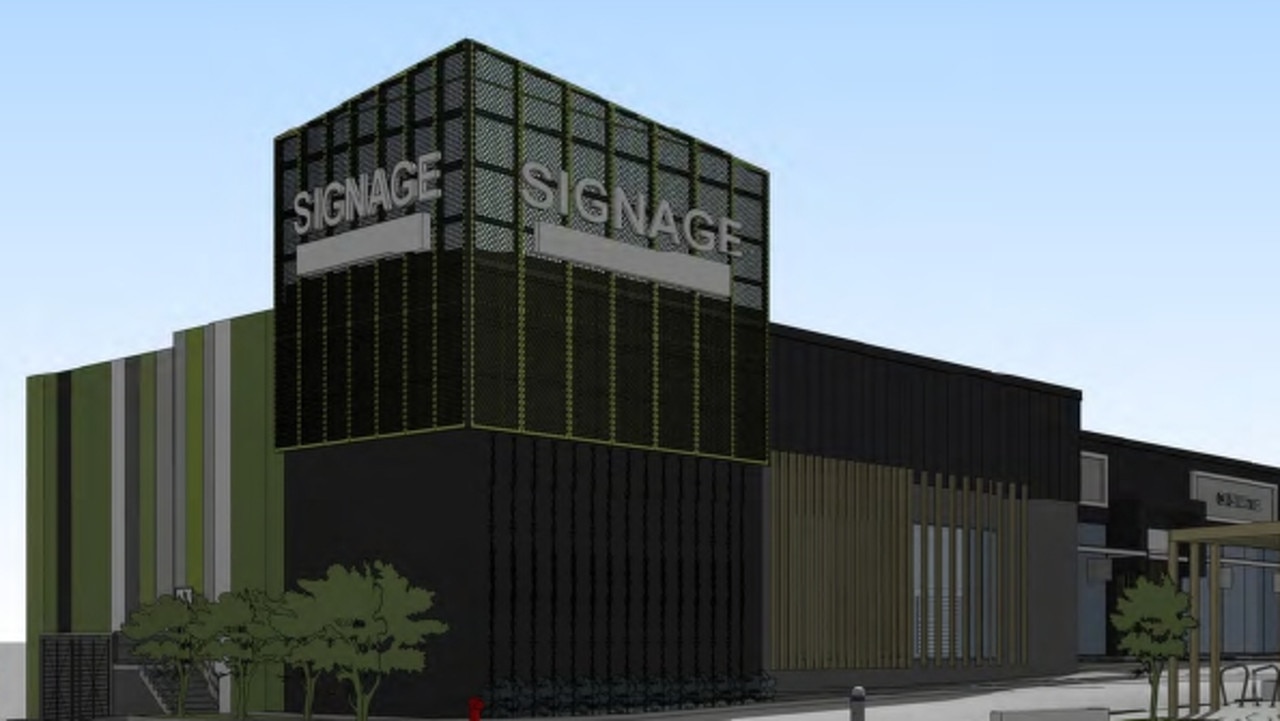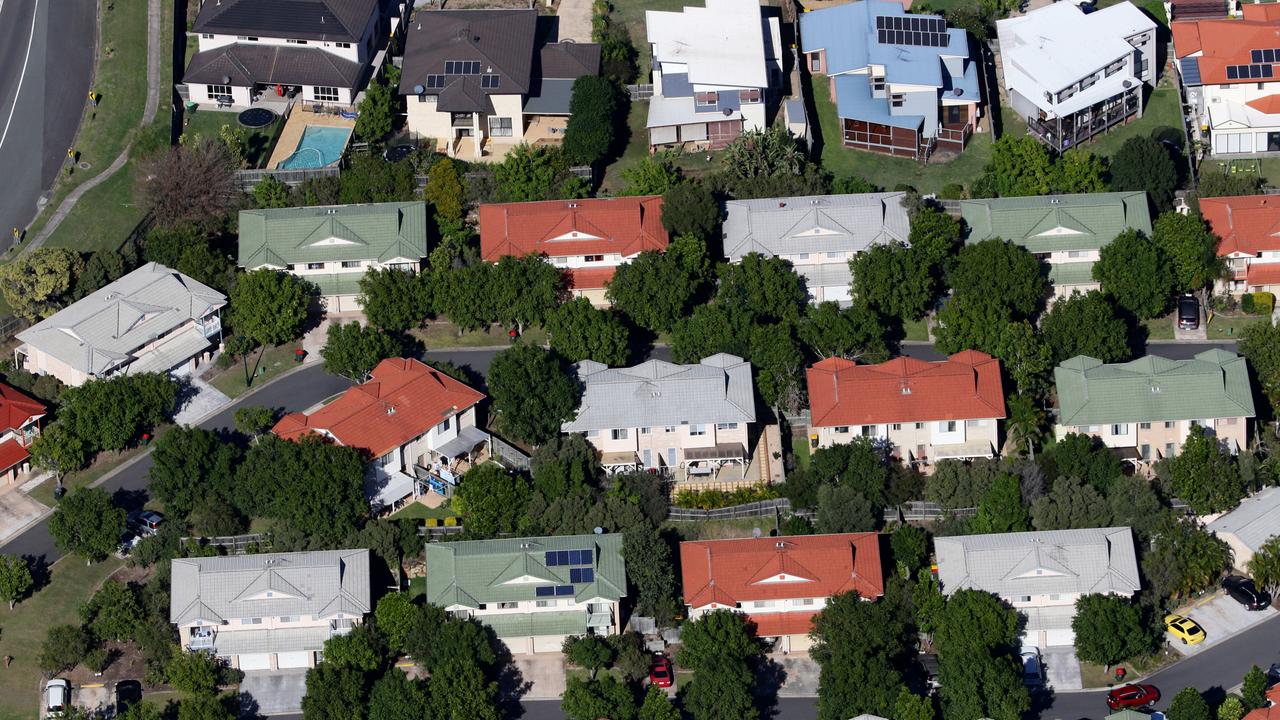State falls 50 per cent short of housing target
The housing crisis has become so dire in this state, it needed to build 50 per cent more homes to hit its housing target last year and things are expected to get worse.
Property
Don't miss out on the headlines from Property. Followed categories will be added to My News.
Almost 34,000 new dwellings were approved for construction in Queensland last year but that number pales in comparison to the 116,000 people who made the move to the Sunshine State.
But experts warn that recent severe weather impacts would likely delay new construction, as tradies worked to fix damage on existing dwellings.
New data, released by the Australian Bureau of Statistics (ABS), shows just 33,972 new dwellings were approved across Queensland last year, despite a 8.2 per cent (2691) increase in December compared to November.
That number falls about 14,000 short of Queensland’s annual target in order to meet its share of the national five-year target of 1.2 million dwellings by 2029, with the national target being 240,000 new homes annually.
Prior to the Covid-19 pandemic, dwelling approvals on a 12-month rolling average were about 177,000.
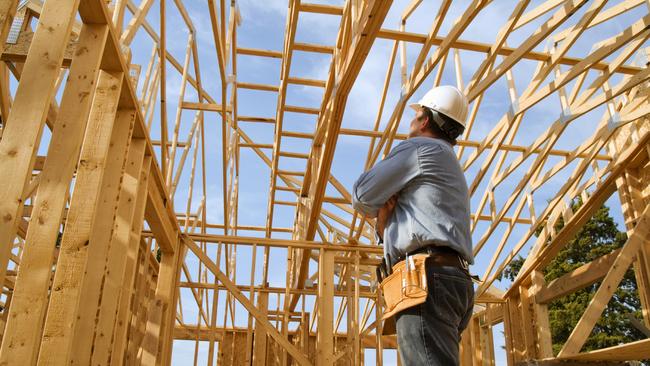
Master Builders CEO Paul Bidwell said Queensland needed to “pull every lever possible to build more homes, more affordably, and as quickly as is safe and practicable”.
“The latest building approvals for new dwellings in Queensland show the state has experienced a bounce back in December thanks to unit approvals heading upwards,” he said, but added that increase came on the back of a drop in November.
“While the three-month trend of +7.5 per cent is positive, we need more time to really declare that things are moving in the right direction.
“In addition, these figures show we remain well short of the target of the 48,000 new homes we need to build each year.
“It’s clear there is a large unmet demand for new housing supply … it’s crucial we address this current need and keep up with the additional demand created by Queensland’s booming population.”
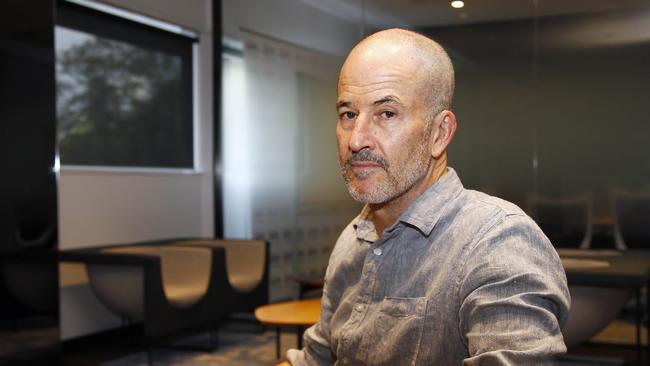
Maree Kilroy of Oxford Economics Australia warned that they expected the housing shortfall to grow even further in coming years.
“Higher interest rates, delays, and cost escalation for both land and construction are weighing on new dwelling demand and dwellings are taking longer to be deliver,” she said.
“At the same time, population growth has run to the upside and combined, this has locked in a sustained housing shortage.
“It is expected to take until the back half of the decade for market pressure to benefit dwelling construction.”
On population growth, the latest ABS migration data, released last month, showed that 116,250 people made the move to the Sunshine State from interstate or overseas in the 12-months to June, also putting pressure on Queensland’s rental market.
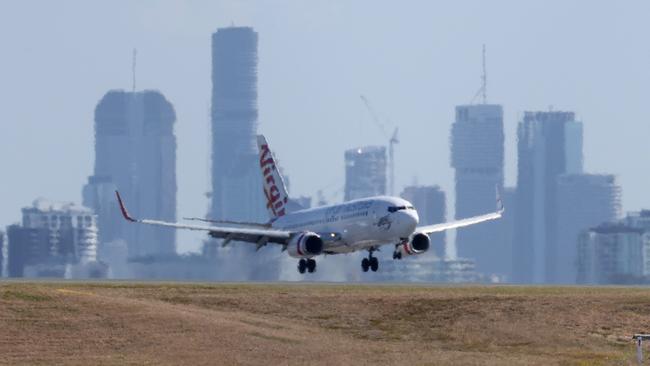
Vacancy rates across Queensland dipped further over the December quarter to 0.9 per cent, with 22 of the 50 local government areas (LGAs) tightening even further.
The tightest rental markets were Cook and Goondiwindi, where the vacancy rate is essentially zero, and Banana with 0.2 per cent.
The Greater Brisbane, Ipswich, Townsville and Sunshine Coast vacancy rates sit at 1 per cent, the Gold Coast and Cairns at 0.9 per cent, Toowoomba at 0.7 per cent and Mackay at 0.6 per cent.
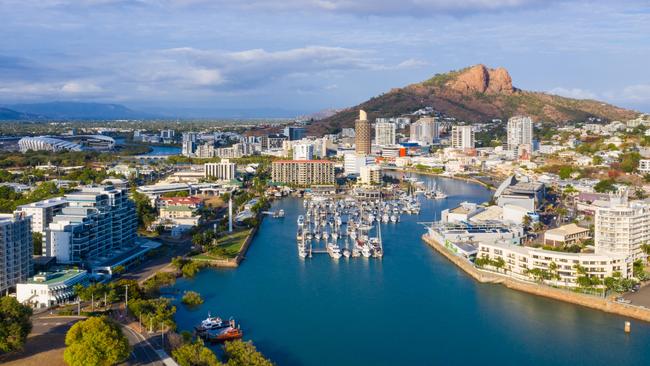
REIQ CEO Antonia Mercorella said the rental property pool was insufficient and under incredible strain.
“It’s not necessarily that rentals are impossible to find everywhere in our state, it’s the imbalance between the sheer demand and shortage of supply of rentals at certain price points and locations that’s out of kilter,” she said.
The Social Housing Register, published by Queensland Council for Social Service (QCOSS), shows 25,364 applications were made for public housing in 2023, with almost half of those flagged as homeless or at-risk of homelessness.
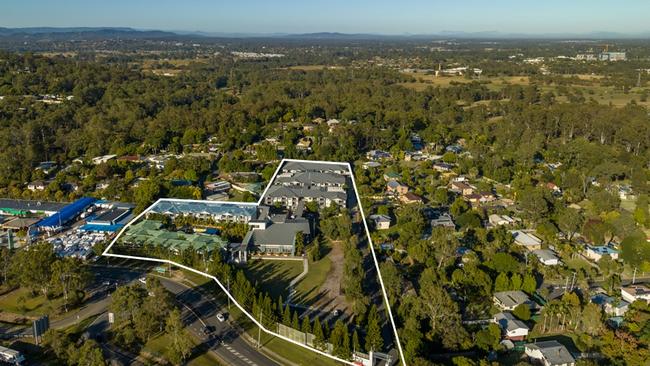
NAB’s head of market economics Tapas Strickland said the subdued annual rate of dwelling approvals stood in sharp contrast with the very strong population growth over the past year that had put pressure on rents and dwelling price,
“Unfortunately, a supply fix is not coming in a hurry,” Mr Strickland said.
In a statement, federal Housing Minister Julie Collins said the government was “working hard” to deliver its housing agenda.
“We’re supporting the states and territories to meet this target through the $3bn New Homes Bonus, the $500m Housing Support Program, the $10bn Housing Australia Future Fund and new incentives to boost the supply of rental housing,” she said.
The ABS data comes after Queensland was king-hit by several natural disasters in recent months, from cyclones Jasper and Kirrily in the north, to flooding in the outback and southeast, and monster storms.
To date, 71,000 damage claims have been received for the Christmas and New Year storms and 8700 for Cyclone Jasper, according to the Insurance Council of Australia.
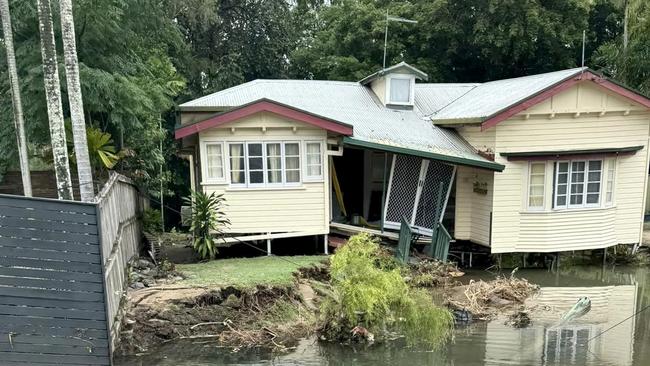
Ms Kilroy said there would be some localised impacts and delays in new construction, as well as damage to existing stock which will contribute further to housing demand.
“However with flooding ongoing through parts of the state the exact extent of this is still unclear,” she said.
Mr Bidwell said that while the recent severe weather events would not affect new home approvals, they would likely lead to delays in build times, especially in light of the labour shortages.
“We must look at ways to increase the resilience of our buildings,” he said.
“Existing homes and buildings can be modified to withstand the impacts of these events. “Master Builders is calling for government incentives for owners to engage licensed contractors to increase the sustainability and resilience of their homes, so that the skilled trades we need to build new homes aren’t taken offline every natural disaster to repair existing homes.”




